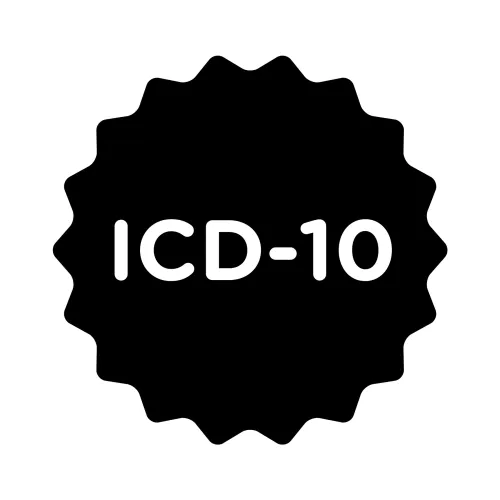Look to 'R' Series for Nosebleed
Question: A two-year-old patient came to our practice with a nosebleed that started earlier that morning and lasted almost an hour. When the pediatrician looked into the patient’s nostril, he found a piece of food in her nose and removed it with forceps, then packed her nose with gauze. Which codes should we report?
Alabama Subscriber
Answer: First, you should list the appropriate E/M code (99201-99215), and you’ll also report the nosebleed control since the physician used packing to stop the bleeding. You’ll also add the foreign body removal code.
Therefore, your procedure codes will likely be 99213-25 (Outpatient office visit…; Significant, separately identifiable evaluation and management service by the same physician or other qualified health care professional on the same day of the procedure or other service), 30901 (Control nasal hemorrhage, anterior, simple [limited cautery and/or packing] any method) and 30300 (Removal foreign body, intranasal; office type procedure). Many payers also request that you append the LT (Left side) modifier to 30300 to indicate the anatomic location of the bead that the pediatrician discovered.
As for your ICD-10 codes, you’ll link R04.0 (Epistaxis) to 30901 and 99213, and you’ll report T17.1XXA (Foreign body in nostril, initial encounter) with 30300 and 99213.




